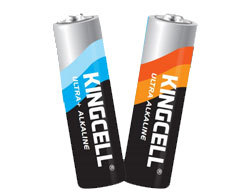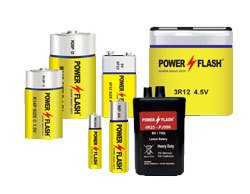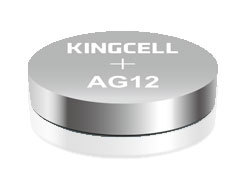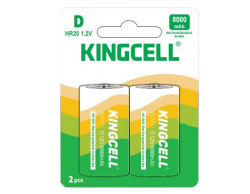Diferença entre pilhas alcalinas e baterias de carbono
Libere o tempo:
Jun 18,2024
Alkaline batteries and carbon batteries are two common types of batteries, which are different in terms of use, power, and environmental protection. Here are their main differences:
1. Different uses
The use of carbon batteries and alkaline batteries is completely different. Carbon batteries are generally used in devices with relatively small current requirements, such as flashlights, semiconductor radios, tape recorders, cameras, electronic clocks, electronic toys, scientific research, telecommunications, navigation, aviation, medicine and other fields. Alkaline batteries are suitable for instruments that require large discharge and long-term use, such as flashlights, razors, electric toys, CD players, high-power remote controls, wireless mice, keyboards and other daily necessities.
2. Different power
From the basic power point of view, alkaline batteries are more cost-effective than carbon batteries. The capacity of an alkaline battery decreases as the output current increases. For example, the same battery can have a capacity of 3000mAh at low output current, but when used in a load with 1A current, the capacity is only 700mAh, less than 1/4 of the original capacity.
3. Different degree of environmental protection
There is also a name for alkaline batteries: alkaline dry batteries or alkaline zinc-manganese dry batteries. The internal resistance of alkaline batteries is lower than that of carbon batteries, while environmentally friendly alkaline batteries contain only 0.025 percent mercury and do not need to be recycled. Therefore, alkaline batteries are much more environmentally friendly than carbon batteries. The full name of carbon battery is carbon zinc battery. Generally, the positive electrode is carbon rod and the negative electrode is zinc skin, also known as zinc manganese battery. Zinc manganese battery is a common dry battery, it has the characteristics of low price and safe and reliable use, but because the carbon battery contains heavy metal cadmium, it must be recycled.
4. The battery structure and working principle are different
Alkaline batteries are generally composed of three poles, one of which is a nickel-hydrogen reaction pole, and the other two poles are copper and manganese; while carbon batteries generally have two poles, one of which is activated carbon and the other is extremely alkaline. Alkaline batteries generate electrical energy through the nickel-hydrogen reaction principle; while carbon batteries generate electrical energy through the hydrocarbon reaction principle. In addition, the voltage of an alkaline battery is generally 1.2V, while the voltage of a carbon battery is generally 1.5V.
5. Life and safety are different
A vida útil das baterias alcalinas é geralmente mais curta do que a das baterias de carbono, mas as baterias alcalinas são mais seguras porque não são fáceis de aquecer ou explodir, mas as baterias de carbono são mais perigosas porque são fáceis de aquecer e explodir. Além disso, a Nanfu Battery, um excelente representante de baterias alcalinas, como uma empresa avançada de tecnologia de baterias na China, concentra-se no campo de baterias pequenas, insistindo em tomar ciência e tecnologia como precursora, produto como centro de gravidade e cliente como centro. Possui um centro técnico e uma estação de pesquisa de pós-doutorado e estabeleceu vários centros de pesquisa de energia nova em cooperação com universidades nacionais e o Instituto da Academia Chinesa de Ciências, formando um mecanismo de pesquisa e inovação científica. É uma empresa com forte força científica e tecnológica no campo da bateria na China. Comprometida em fornecer aos usuários tecnologia e experiência em produtos e serviços de energia.
Notícias









